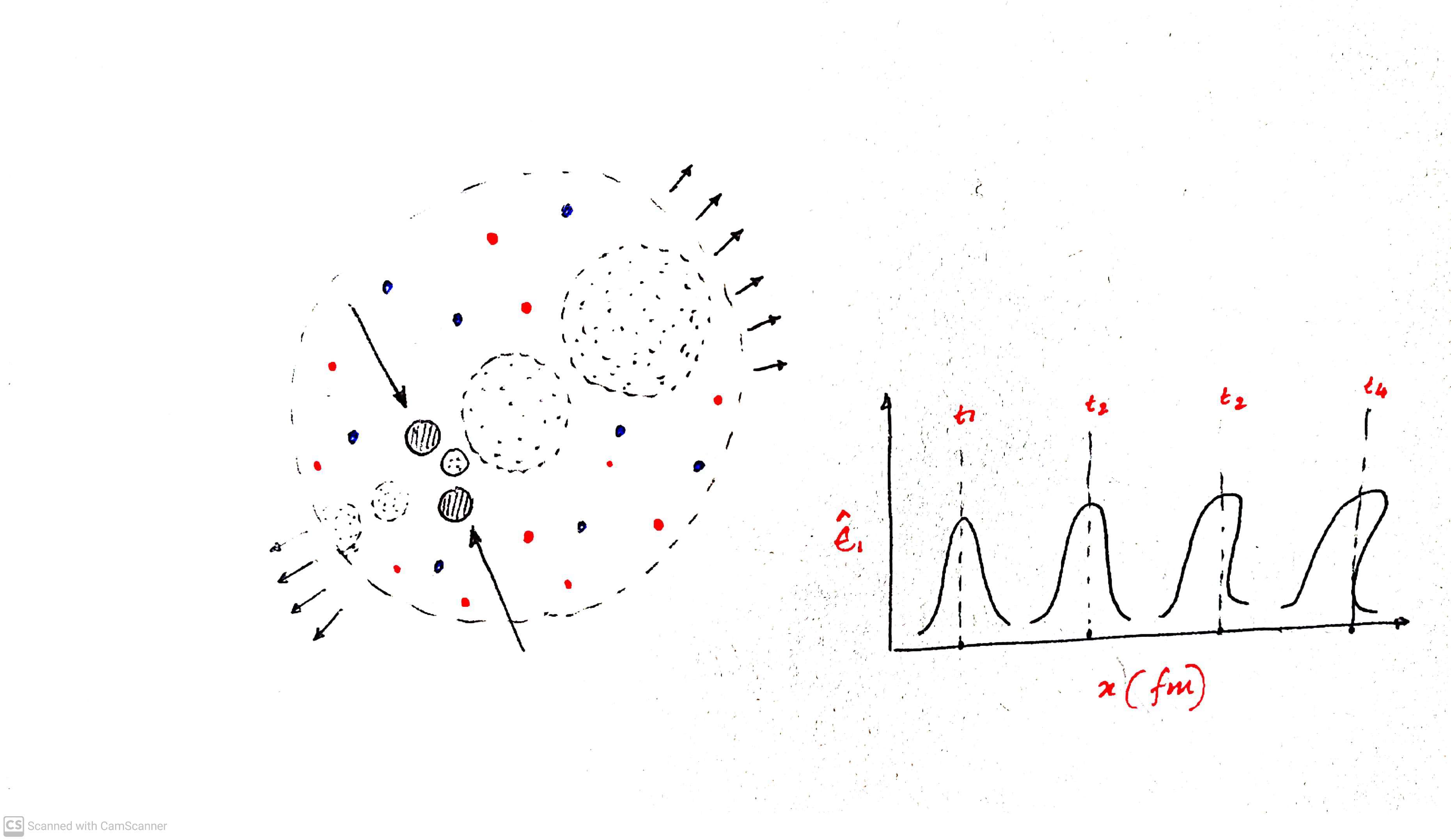Energy density perturbations can originate due to high-energy particles depositing energy inside the Quark-Gluon Plasma (QGP) medium that is formed when high-energy lead or gold ions collide. Initial perturbations generated in QGP propagate through the medium showing nonlinear features and undergoing medium modification. In this project, the evolution of energy density perturbation inside a hot QGP medium will be examined with the help of the Euler’s equation. Both the Boltzmann-Gibbs and Tsallis statistics (popularly known as the non-extensive statistics) will be utilized to treat the background medium.
Tasks
(1) A brief review of the physics of QGP (2) Review of the relativistic Euler's equation and hydrodynamics (3) Equations of state: Boltzmann-Gibbs and Tsallis (4) Derivation of the energy density evolution equation (5) Reviewing the results and preparing a report
Preliminary schedule by topics/tasks
Week 1: Studying the basics of the physics of QGP; Week 2: Studying hydrodynamics and relativistic Euler's equation; Weeks 3-4: Deriving the energy density evolution equation; Weeks 5-6: Review of the results and preparing a report
Required skills
Thorough knowledge of thermodynamics and statistical mechanics is required. Familiarity with LaTeX and proficiency in English are necessary. Basic level familiarity with Mathematica will be an added advantage.
Acquired skills and experience
(1) Gaining familiarity with the basics of QGP (2) Acquiring basic knowledge of hydrodynamics (3) Gaining idea about the propagation of perturbations in QGP (4) Getting exposure to the Tsallis statistics (5) Increasing skills in performing symbolic and numerical computations using Mathematica
Recommended literature
D.A. Fogaça, L.G. Ferreira Filho, F.S. Navarra, Phys. Rev. C 81, 055211 (2010); T. Bhattacharyya and A. Mukherjee, Eur. Phys. Jour. C 80, 656 (2020)



